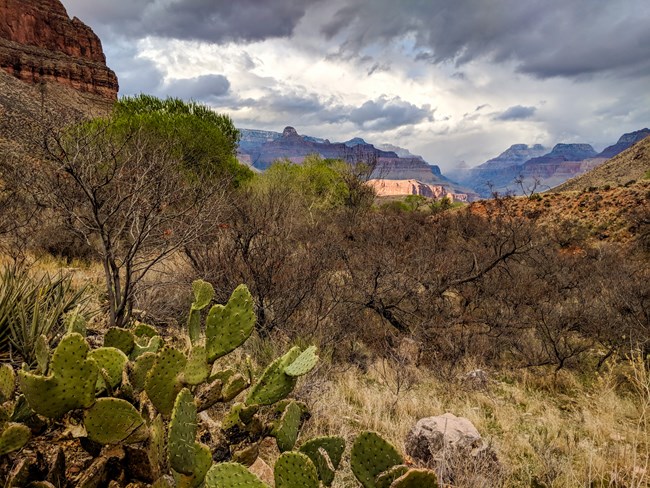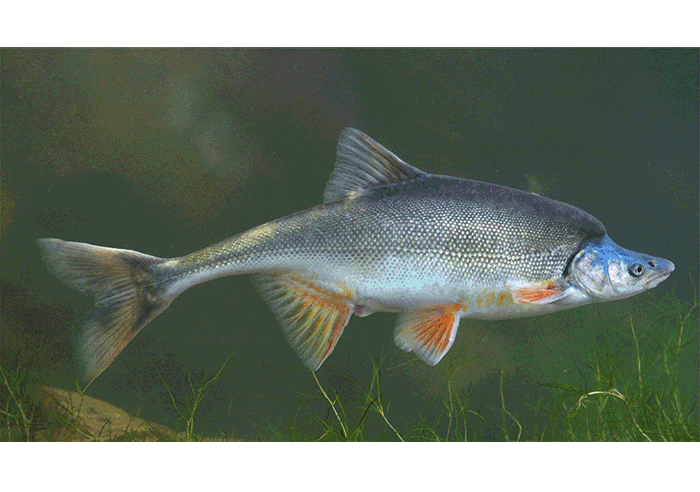Ecosystems: Nature's Neighborhoods
NPS Photo From snow-covered forests to hot, dry deserts, Grand Canyon contains many outdoor neighborhoods, called ecosystems, in which plans and animals live. These living things and non living things, such as air, water, soil, and sunlight, depend on each other to survive. Boreal and Ponderosa Pine ForestsElevation: 10,000 to 7,000 feet (above sea level)Winter brings cold temperatures and snow to the forests along the rim, or edge, of the canyon. Pine, aspen, spruce, and fir trees fill the landscape. Deer and squirrels forage for leaves and seeds, while mountain lions hunt for prey. The requested video is no longer available.

NPS Photo Pinyon-Juniper WoodlandElevation: 7,300 to 4,000 feet (above sea level)

NPS Photo Learn more about Grand Canyon ecology through Canyon Field School @Home activities, partnered with the Grand Canyon Conservancy! Desert ScrubElevation: 4,500 to 1,500 feet (above sea level) 
NPS Photo RiparianElevation: Depends on location

NPS Photos BiodiversityWith so many ecosystems, Grand Canyon has high biodiversity, or the number of species that live here. Just how many plants and animals live at Grand Canyon?
|
Last updated: July 18, 2024

